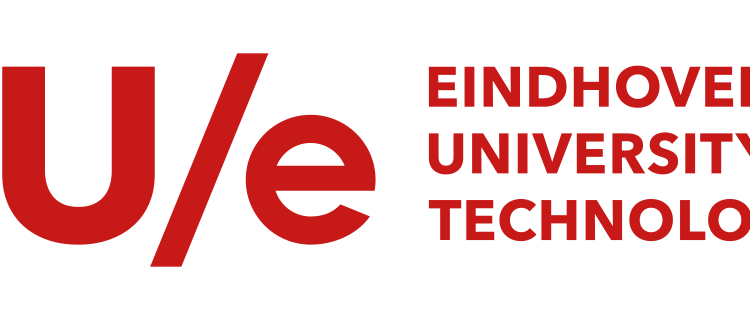Eindhoven University of Technology hosts Queen Máxima
Her Majesty Queen Máxima will pay a working visit to the TU/e on Thursday afternoon, February 16. The central topic is TU/e research on photonics, which takes place within the Eindhoven Hendrik Casimir Institute (EHCI).
The visit will take place in building Flux, where the Queen will talk with researchers and students, among others, and where she will visit several labs. She will also get a tour of the cleanroom in building Spectrum.
Executive Board President Robert-Jan Smits: “It is a great honor to receive the Queen. Her visit underlines that Eindhoven is a global leader in the field of photonics.”
The last time we welcomed Máxima was in 2013, when she attended RoboCup, which was organized by TU/e.
ABOUT THE EINDHOVEN HENDRIK CASIMIR INSTITUTE
We live in the era of information. Data is everywhere and everything is data. We want to be connected and we want things to work faster and for our information to be safe. The future of our information society is driven by exponential technologies in computing, communication and sensing. This trend will continue and will increasingly impact our lives and society for the better. At the same time, we are dealing with a global energy crisis. Without doing anything these fast-growing technologies will demand enormous amounts of energy. Therefore, the EHCI aims for sustainable solutions by exponentially decreasing the energy consumption of computing and communication, to enable the exponential growth of these technologies.
The EHCI addresses this challenge by excelling in and through the unique synergy of two eminent research fields: the precision and speed of photonics and mind-blowing magic of quantum technology. By bringing together these technologies and working from an engineering science perspective the EHCI is uniquely able to transfer research into real-world sustainable applications. With a focus on societal needs the EHCI will drive the roadmap for these exponential technologies in computing, communication and sensing, as TU/e has already proved in integrated photonics.

